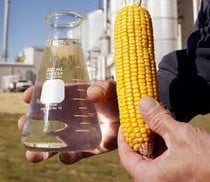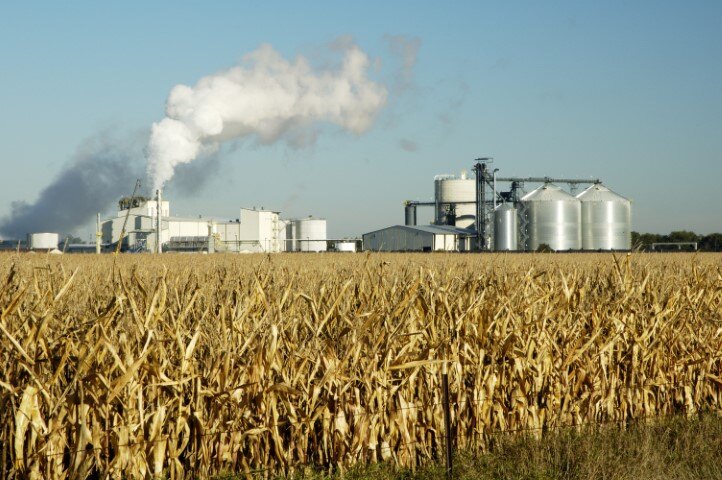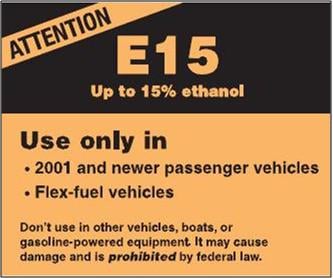Talking About Scrapping The Ethanol Gas Mandate (For Now)
The national drought has wrecked corn harvests and catalyzed a political fight between three parties that each have a huge stake in the ethanol...

 If you aren’t yet sick of hearing how bad ethanol is for your car or boat or lawnmower, have you ever stopped to consider the secondary effects that ethanol is having on our food supply? More specifically, how it affects food prices? What you're going to learn will make you long even more for the days of ethanol free gas.
If you aren’t yet sick of hearing how bad ethanol is for your car or boat or lawnmower, have you ever stopped to consider the secondary effects that ethanol is having on our food supply? More specifically, how it affects food prices? What you're going to learn will make you long even more for the days of ethanol free gas.
In our economy, everything is tied to everything else, in terms of supply and demand. Right now, about 25-30% of our corn supply is being used to make ethanol for fuel blending. That figure will surely increase over the next year as the maximum goes from 10% to 15%. Think about all the different areas outside of fuel that corn is used in, and you get the idea of the ripple effect that setting such a large chunk of normal supply aside can have on the cost of those things. Just 2 years ago in 2008, the U.S. corn supply was just over 12 billion bushels. 3.65 billion bushels (30%) was used for fuel production, 1.85 billion were exported, and about 1.3 billion (just over 10%) was used to make food and food ingredients like high fructose corn syrup.
That leaves 5.25 billion bushels of domestic corn that goes for use as feedstock. Have you noticed the price of a lot of different kinds of food going up? Beef, milk, pork, eggs, chicken….the whole livestock industry is now struggling to compete with subsidized ethanol for food. How does this work and why does it matter? Think of the cattle industry and the poultry industry and the fuel industry all as different groups of people who are all competing to purchase crops of corn for whatever their particular use is. For the cattle and poultry farmers, it’s to feed their animals and eventually produce meat and eggs. For the fuel industry people, they want to turn the corn into ethanol. The fuel industry has an advantage because they are subsidized by the U.S. government, which pays them through tax incentives to product ethanol. This means they have more financial leverage to purchase the corn crop than the beef and chicken farmers, and this causes the overall price of corn to go up because of the increase competition.
That, my friends, is why ethanol blending in gasoline isn’t just a fuel issue or “we’re going green” issue. Bumping the ethanol level in gasoline up to 15% next year will only accelerate the cost increases of meat and milk and eggs and everything else that is made from corn. You don’t think you have an ethanol problem? Wait and see.

The national drought has wrecked corn harvests and catalyzed a political fight between three parties that each have a huge stake in the ethanol...
“You may be wrong or you may be right.”

It’s the first half of October, we’ve just gotten past the contentious confirmation hearings for Supreme Court Justice Brett Kavanaugh, and the...